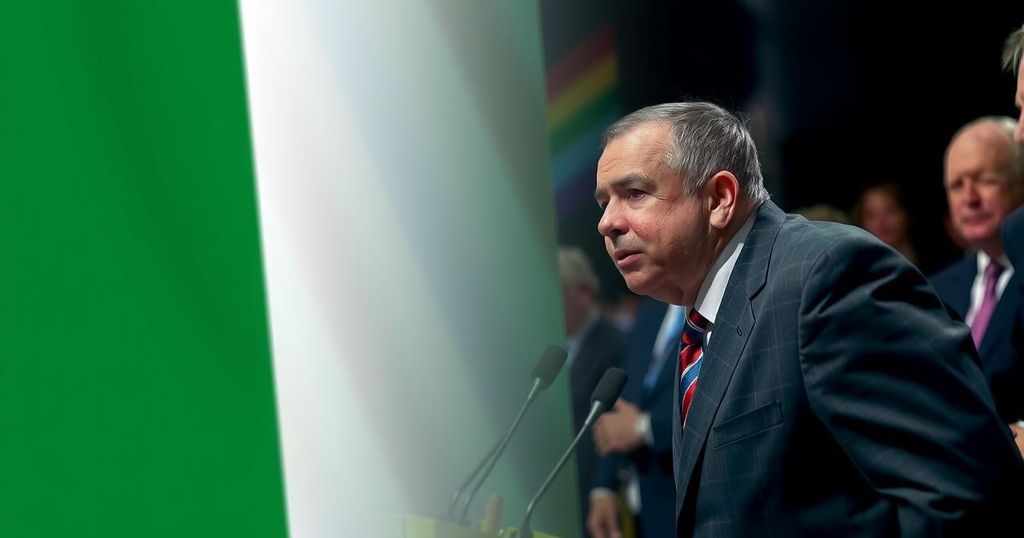The Underlying Tensions of Ireland’s Political Landscape Post-Election

The recent Irish election results depict a political landscape where the long-standing duopoly of Fianna Fáil and Fine Gael continues to dominate, despite a notable decline in their voter base. Sinn Féin has experienced a significant downturn, with voters increasingly attracted to right-wing candidates. This complex political environment presents potential challenges and opportunities for center-left parties, all while expectations for effective governance and reform remain high.
The Irish general election results reveal a political landscape that, while seemingly stable, harbors deeper complexities. The two dominant parties, Fianna Fáil and Fine Gael, collectively garnered approximately 43% of the vote, mirroring their standing in 2020. Although their historical significance cannot be overlooked, their declining influence is stark; from once commanding nearly 70% of the electorate in 2007, they have faltered in securing even half today. The election loss of Sinn Féin, once riding high in polls, complicates the narrative of Ireland’s political dynamics. Internal controversies and an emerging right-wing sentiment have detracted from its appeal among traditional supporters, resulting in a contraction of its voter base. Meanwhile, the center-left parties must navigate the delicate balance of potentially partnering with the incumbents or capitalizing on Sinn Féin’s setbacks. As expectations rise for robust public spending, the new government faces scrutiny over its ability to deliver substantial reforms amidst a backdrop of profound societal change and economic pressures. This election has not only reinforced the stature of established parties but also underscored the evolving and fractious nature of Irish politics, marked by both continuity and change.
The article examines the aftermath of the recent Irish general election, focusing on the entrenched political rivalry between Fianna Fáil and Fine Gael. It highlights the paradox of their retention of power despite decreasing public support, suggesting that the electorate’s mood reflects a complex mixture of discontent and resignation rather than unqualified approval. The decline of Sinn Féin as a significant contender further complicates the political landscape, which is also affected by emerging rightist sentiments among the populace. Consequently, the potential for a reshaped coalition among the center-left parties raises questions about future governance in Ireland.
In conclusion, the Irish election results illustrate a situation of familiar political entities grappling with declining voter loyalty amidst societal shifts. Despite maintaining their governing roles, Fianna Fáil and Fine Gael face a more complex, fragmented electorate that expresses both discontent and uncertainty about the future. Sinn Féin’s setbacks reveal vulnerabilities in opposition dynamics while center-left parties possess pivotal choices that could influence the political trajectory. As Ireland juggles expectations for substantial reforms, the incoming government must confront its historical shortcomings, navigating a path toward meaningful progress while addressing pressing societal needs.
Original Source: www.theguardian.com







